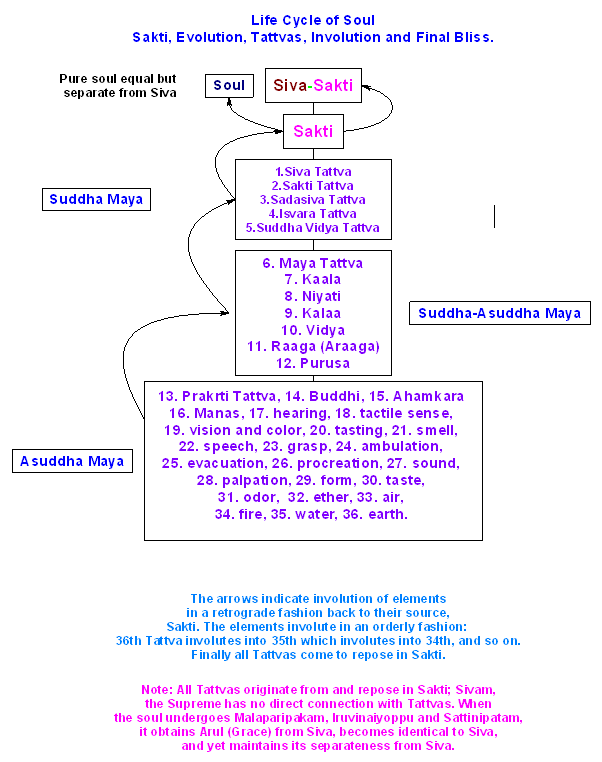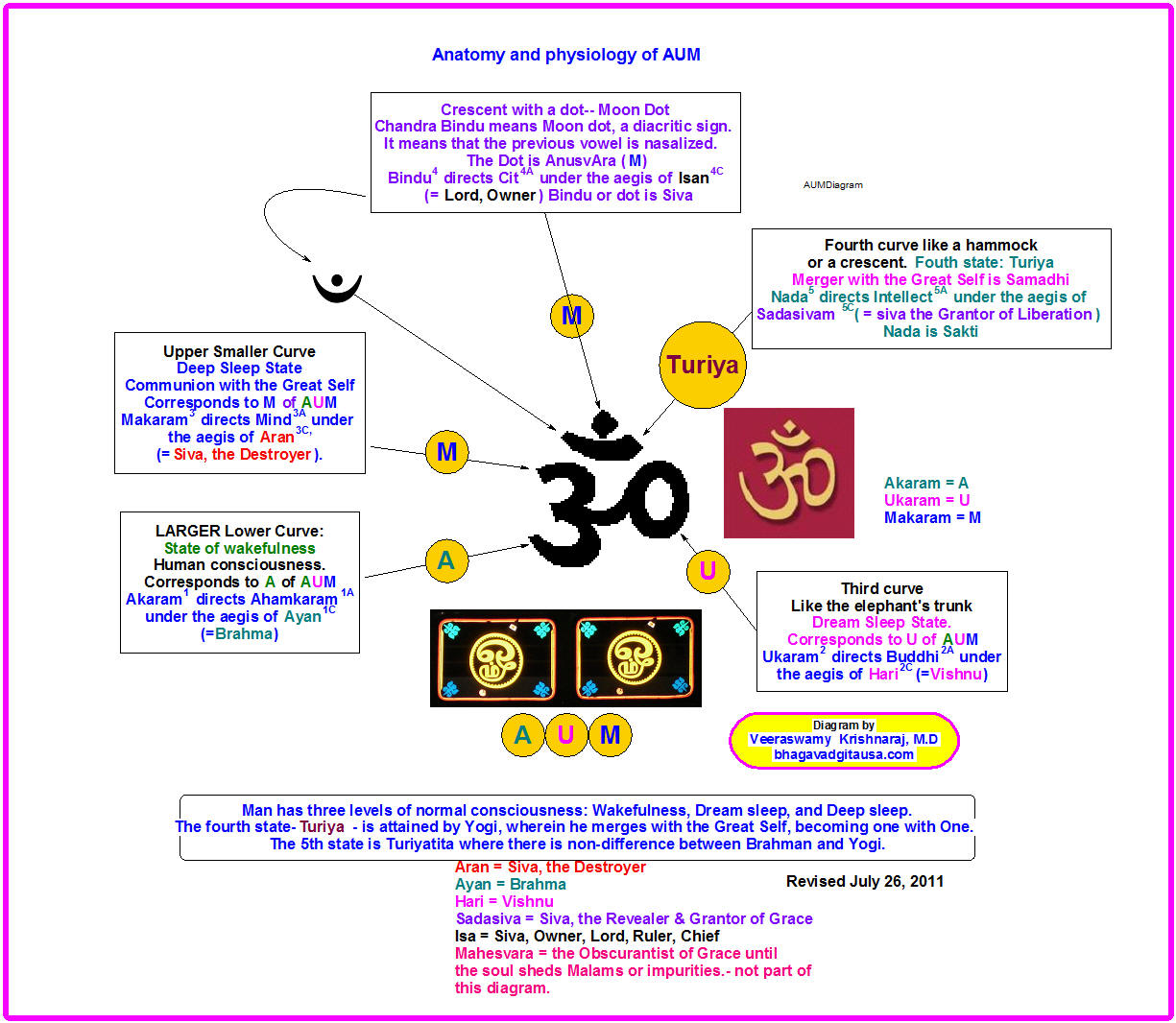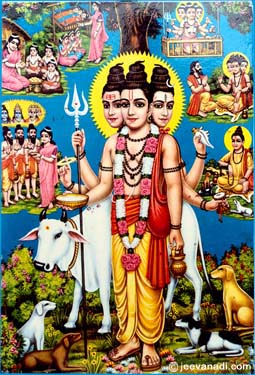The cult of Pashupati or the Pashupata cult seems to be an ancient one. The use of words 'pati,' 'pasha,' and 'prasada' in the Shvetasvatara Upanishad (1.11; 6.9; 3.20), worship of Siva as linga, the practice of tying the Sivalinga on the arm as per the stone edict of the king Pravarasena (A. D. 428), Sivalingas discovered in Cambodia (now Kampuchia) and assigned to the period A. D. 550 — all these confirm this belief. The Pashupata cult is based mainly on the Saivagamas, certain puranas and a few minor Upanisads of the post-Vedic period. Some of the agamas are: Kamika, Ajita, Amshuman, Suprabheda, Svayambhuva, Raurava, Mrgendra, Pauskara and Vatula. The puranas are: Vayu,Karma and Shiva. As for their authoritative nature, they have been considered equal to the Vedas, the Vedangas, the Mahabharata and the Dharma-shastras.
The period of the agamas ranges from the first century to the fourteenth. They are prevalent mostly in South India, that too in Tamil Nadu. Whether they — some of them at least — were originally composed in Tamil and later rendered into Sanskrit, or were directly written in Sanskrit itself, opinion seems to be divided.
Chief Tenets
The topics dealt with in the Pashupata literature are technically called Pancarthas, the five basic subjects. They are: karana, karya, yoga, vidhi and duhkhanta. KARANA Karana, the primeval cause, is Shiva, called 'Pati' (Lord) here. Some of his other names are: Rudra, Sankara, Kala, Balavikarana, Aghora, Sarva, Sharva, Tatpurusa, Isana, Isvara and Brahma. He is anadi (without beginning or origin), avyaya (indestructible) and the cause of creation, sustenance and dissolution of the world. He is transcendent as well as immanent. He is compassion unlimited. Pranava or Om is his best symbol.
Unlike the Vedantic systems, Siva or lsvara is only the nimitta-karana (efficient cause) of creation and not the upadana- karana (material cause). Though the jivas (individual Selfs) and the world have a separate existence, they are completely under his control. It is due to him that the world and the jivas undergo changes. However, being a prasadi (one who bestows grace), he is ever compassionate to the jivas. That is why they can get liberation by meditating on him. It may not be out of place to mention here that the Pashupata system is very much akin to the Dvaita Vedanta system of Madhva (A. D. 1197-1276). The only difference is that Shiva has replaced Vishnu, in this case. KARYA Karya is the second of the five basics mentioned above.
Karya is defined here not as an effect, but as that which is asvatantra or dependent, karana being that which is svatantra or independent. In this sense, lsvara or Shiva alone is the karana, the jagat (world) and the jivas being karyas since they are dependent upon him. Though lsvara is the karana, the jivas, being prodded by him, can also be the karanas in the further process of creation. So also prakrti or pradhana which is responsible for further evolution of the world. Hence these two have been called 'karya-karna'.
One thing has to be noted here. lsvara as the original karana never gets affected by the evolution of the world whereas prakrti which is a 'karya-karana' does. Two examples can make this concept clear. Lotus blooms when the sunlight falls on it. Iron filings move in the vicinity of a magnet. In these cases, neither the sun nor the magnet is affected though the lotus and the iron filings are. So also, Isvara remains unaffected by the evolution of the world through the prakrti (and the jivas).
Among the karyas, the jivatman (individual Self) is the most important. He has been called 'pashu' since he is subject to 'pasha' (bondage) and sees ('pashyati') himself as the body-mind complex forgetting that he is the spirit, whereas Shiva has been declared as 'Pashupati' (Lord of pashus). The pashu or the jiva is eternal, all-pervading and possesses the powers to see (drk-shakti) and to act (kriya-shakti). The pashus, depending on their spiritual evolution, are classified into two groups: sañjana (those attached to the body, the senses and the mind) and nirañjana (the liberated ones). The pashas or bonds that bind the pashu are called malas or impurities. They are three: anava-mala, mayiya-mala and karma-mala. The impurity that makes the pashu (or jiva) identify with the limited body though he is really infinite, is anava-mala.
The bondage that has been brought about by maya (the power of lsvara) is mayiya-mala. Limitations that arise due to past karmas are karma-mala. With the help of yoga, the pashu is able to cleanse himself of all these malas and attain the dukhanta state (destruction or cessation of all sorrow and suffering).
Swami Harshananda.











